How to Go from Vegetarian to Vegan

Learn how to make the journey from vegetarian to vegan with these top 8 nutrition expert tips.
Choosing a vegetarian lifestyle is one of the best ways to positively impact your health and the health of the planet. Studies show that you can not only reap health benefits—lower risk of chronic diseases and a healthier weight—you can also cut your carbon footprint. If you’ve thought about taking it to the next level, it may be time to consider going vegan! Research not only links this diet pattern to continued health benefits, but even greater reduction in environmental footprint, and, of course, a lower impact on animal suffering. Your timing is perfect. There has never been a better time to make the switch from vegetarian to vegan. Plant-based eating has become a full-on movement, which means it’s super easy to transition and adopt. If you’ve already been enjoying a vegetarian way of eating, you’re half-way there. As a vegetarian, you opt out of animal flesh, like chicken, beef and fish, as well as foods that contain them. Vegan is just one more step away from animal products, including avoiding eggs and dairy products. And don’t worry, it doesn’t have to be all or nothing—your shift can be gradual so you enjoy every step. If you need a little motivation, no worries! Support abounds—recipes are all over the internet, more and more cookbooks are plant-based, restaurants increasingly embrace vegetarian and vegan styles, and if you haven’t checked out the plant-based section in the market lately, it’s amazing. Need a little guidance? I’ve got you covered with my 8 tips to begin the process on your journey from vegetarian to vegan.
8 Tips to Take Vegetarian to Vegan
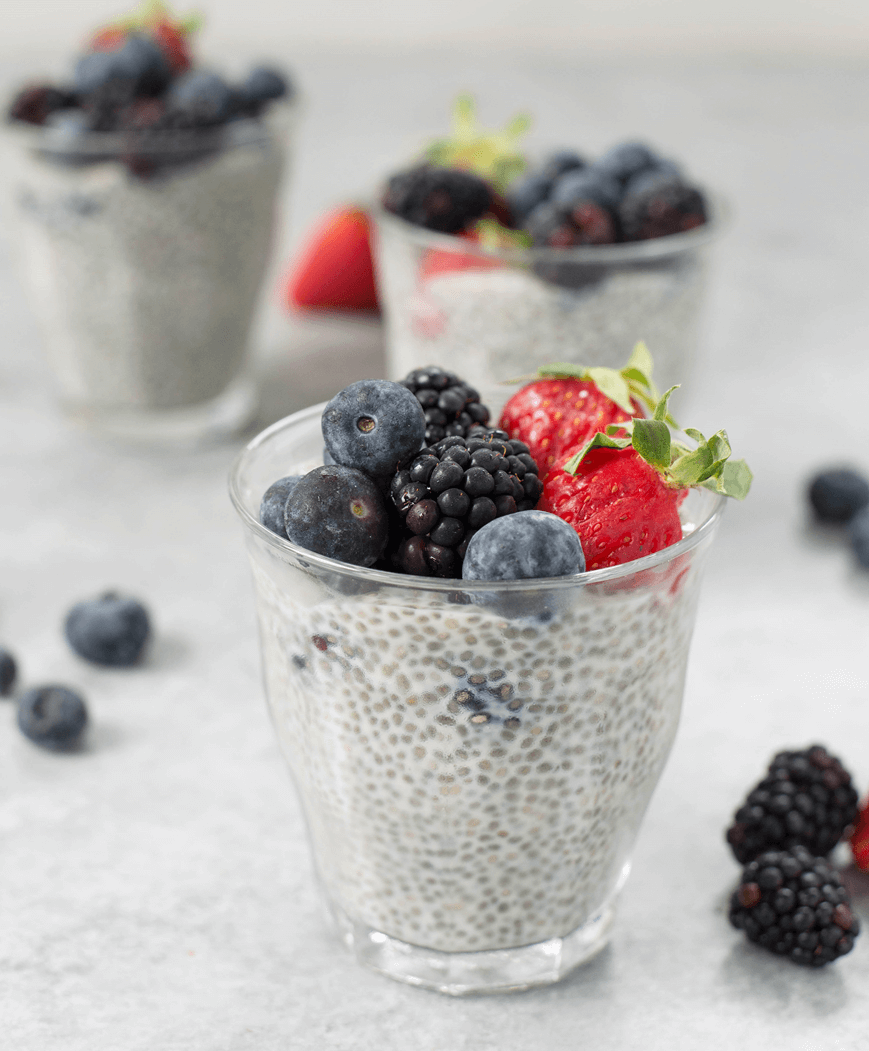
1. Switch Dairy Products out for Non-Dairy Products. If you’re concerned about missing dairy foods, like cheese, milk, and yogurt, don’t be! Dairy is a big part of vegetarian diets, but shifting to a vegan style of eating just means you’ll be enjoying plant-based cheese and other non-dairy products instead. Today’s plant-based dairy alternatives are so good, you’ll seriously never look back. I enjoy making things like cashew cheese, vegan parmesan, cashew cream, and almond milk at home, but the great thing about the growing popularity of plant-based diets is that there are so many vegan options available at your local grocery store with the delicious taste and texture of dairy products—you won’t even notice the difference. Some of my favorite brands are Daiya, Kite Hill, Follow Your Heart, and Violife. Give a variety of plant-based dairy products a try, such as milks, creamers, half-and-half, cream cheese, sour cream, yogurt, ice cream, and butter. In addition, get using to making your own cream and cheese replacements in recipes like lasagna, tacos, lentil patties, and nice creams.

2. Go All-In with Plant-Based Proteins. As a vegetarian, you’ve moved away from animal flesh proteins to embrace more and more plant proteins, but you’re likely still relying on eggs and dairy products as protein sources. The vegan path means you will be all-in with plant proteins. You’ll be bringing in more vegan ingredient options, like plant-based cheeses and dairy alternatives, along with your already broad choices of beans, lentils, tofu, nuts, peanuts, and whole grains. But you will learn to rely even more heavily on whole plant foods, such as edamame in a curry dish, chickpeas in a salad bowl, tofu in a pasta dish, and lentils in a loaf. The shift away from eggs and dairy is really simple if you just swap them out with plant options on your plate. Explore some new vegan recipes, like my Lentil Nourish Bowl, to get a fun and satisfying feel for it. And start stocking your pantry with a variety of beans lentils, peas (canned and dried), nut and seeds (and butters), and whole grains (think quinoa, sorghum, farro, brown rice, and millet). Keep tofu, tempeh, and plant-based milk alternatives in your fridge.
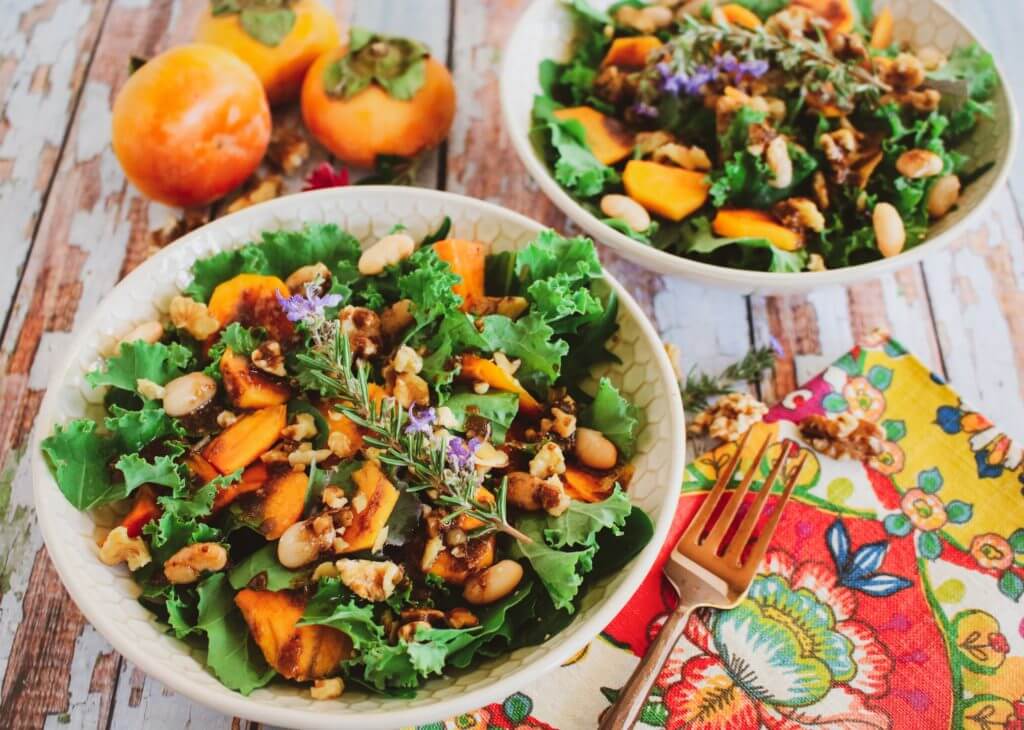
3. Add Dark, Leafy Greens Every Day. Vegetables provide a ton of nutrients necessary for good health. A useful rule of thumb for everyone—especially vegetarians and vegans—is that you should fill at least half of your plate with vegetables to keep you feeling full and satisfied until your next meal, and to fill your diet with essential nutrients. As you move to vegan eating, try to incorporate a handful of dark, leafy vegetables such as kale, broccoli, arugula, and collard greens into your daily meals to also boost plant-based calcium. You can add them to grain bowls, salads, pastas, and sandwiches for additional nutrients and color. Whether you enjoy these vegetables cooked, roasted, or raw, they can be paired with just about anything and taste delicious!
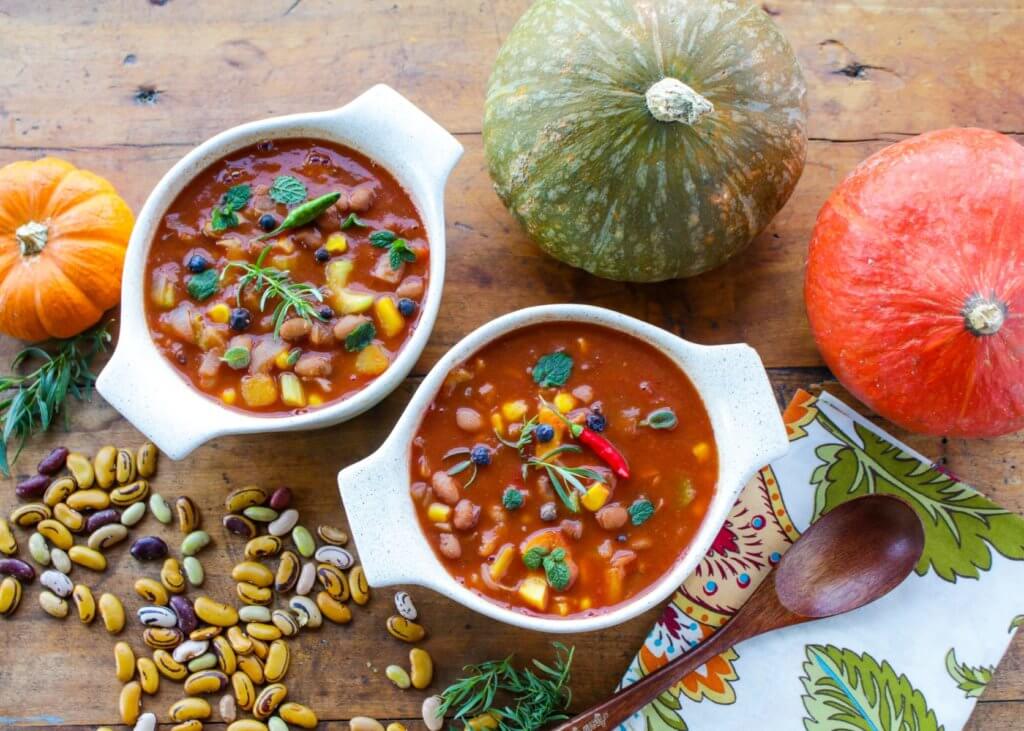
4. Don’t Worry About the Budget. Many times, people think that following a vegan diet is expensive—the reality is quite the opposite! Granted, eating a lot of pricy, prepared vegan products, like faux meats and “superfoods” can get pricey. Because plant-based meals are built around inexpensive foods—beans, peanut butter, whole grains—going vegan can actually save you money. Plant proteins are typically cheaper than animal proteins. Stock up on these and other pantry staples, including frozen fruits and vegetables, and long-lasting vegetables like sweet potatoes and winter squash. Keep a supply of shelf-stable canned items like tomato products, beans, veggie broth, and dried beans, whole grains, and pastas, and you can serve up a very inexpensive meal.

5. Explore One New Vegan Recipe a Week. As you move to vegan eating, try to open up a whole new world of exploration by trying one new vegan recipe a week—just the right amount of experimentation to avoid stress, while opening up your mind to a new way of cooking and eating. You’ll find new nutritious recipes in cookbooks, on social media, or from dietitians that can provide you with tips and tricks on how to prepare a delicious meal. To learn more about healthy eating, check out California Vegan (coming March 15), my newest book, where I share over 100 plant-based recipes. Once you become familiar with the wonderfully diverse collection of vegan recipes you’ll be as motivated and excited as I still am to learn the many and innovative ways to incorporate fruits, vegetables, whole grains, plant proteins, and healthy fats into your meals to achieve a well-balanced plate.
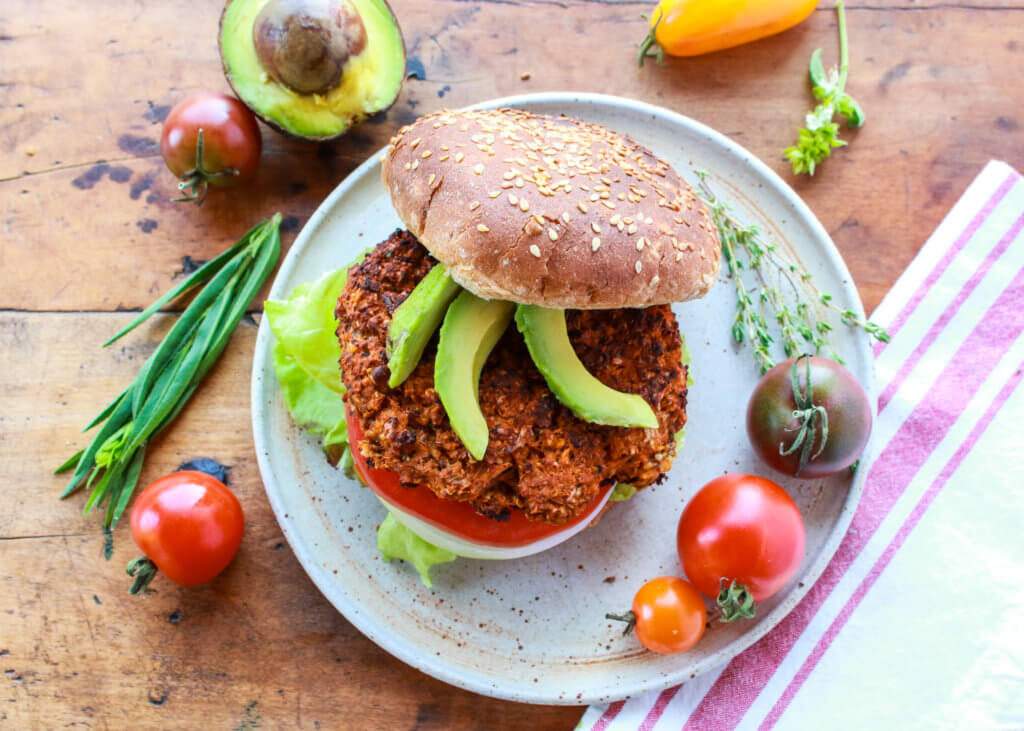
6. Share Meals with Friends and Family. As you move from vegetarian to vegan eating, share meals with friends and family to make it even more enjoyable. This is an excellent way to incorporate plant-based foods into your diet because you are able to cook and share recipes with others who are also interested in living a healthier lifestyle. Having people around you who are willing to support you through your transition to a vegan lifestyle makes the adjustment that much easier. And who knows, you might motivate those around you to follow a more plant-based diet as well!
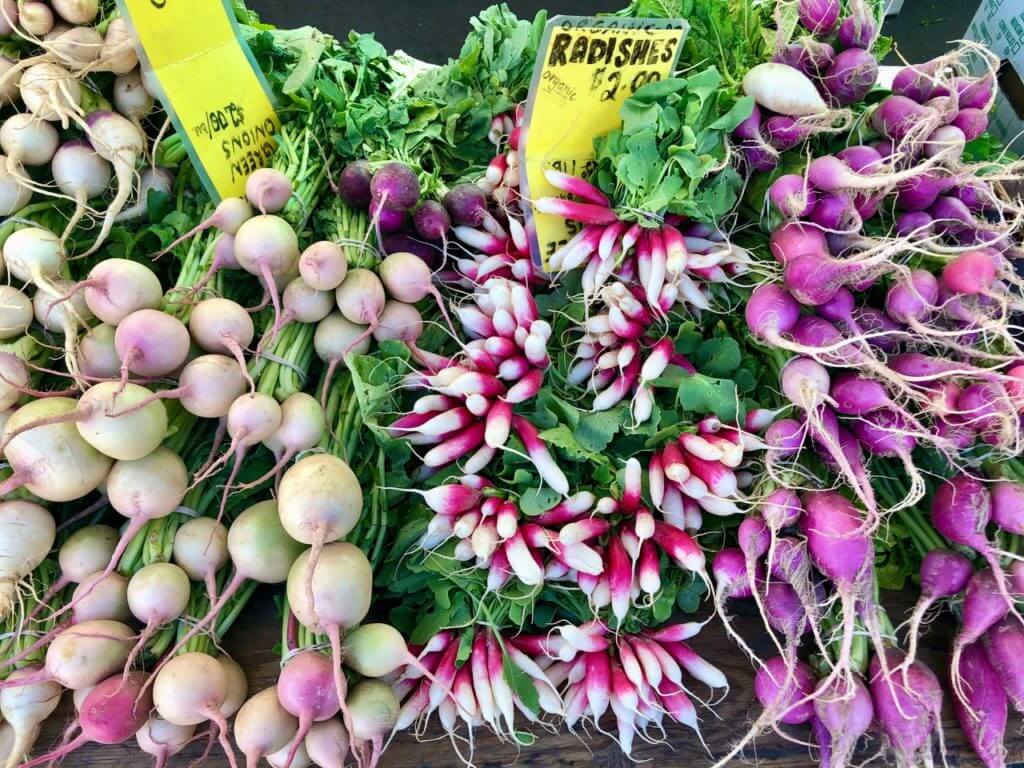
7. Check out Your Local Farmers Market. There is something about going to my local farmer’s market that brings joy to purchasing my produce, which translates to my plate. The variety of colorful, seasonal fruits and vegetables available at farmers markets fascinates me and makes me excited to include these delicious, nutrient-packed foods in my daily meals. Your farmers market can be the very inspiration for your meal planning for the week. Have a colorful bunch of radishes you picked up? Make a radish salad with avocados. Got a plump butternut squash? Why not fill it for a delicious entrée? Going to the farmers market with friends and family can become a tradition, which may inspire you to learn more about the various fruits and vegetables plant-based eating has to offer.
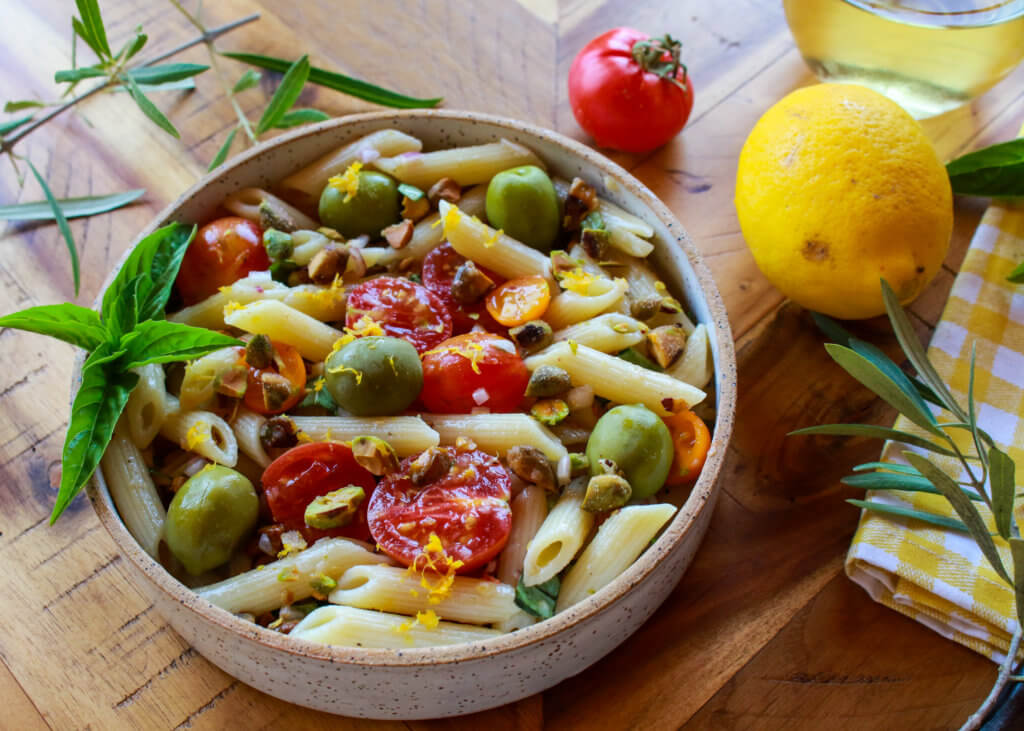
8. Make a Gradual Shift in Your Diet Before You Go Cold Turkey. Whether it’s breakfast, lunch, or dinner, slowly start incorporating vegan, plant-based meals into your week to help you feel more accustomed to vegan meal planning. This is just one more tiny step toward a complete shift. It will also help you become more acquainted with how you can plan an entire meal, day and week of plant-based eating. Once you try turning almonds into almond butter or enjoying a new whole grain like farro, as your breakfast porridge, you’ll experience what I love so much about eating vegan—it’s an ongoing adventure of delightful discoveries and simple satisfactions. I can’t even describe how my little decision to go vegan all those years ago has impacted the way may family and friends eat today. Food makes us better and brings us together. So why not do so in the healthiest way on the planet? Don’t worry, you’ve got this!
Written by Savanna Malki, Dietetic Intern with Sharon Palmer, MSFS, RDN
Photography by Sharon Palmer, MSFS, RDN
Main Image: Chickpea Shakshuka from Sharon’s new book California Vegan.
For other information on going vegan, check out the following:
Go Vegan Toolkit
7 Vegan and Vegetarian Weight Loss Tips & Recipes
5 Tips for Plant-Powering Your Eating Style



